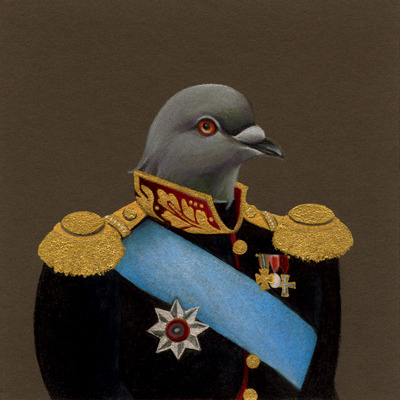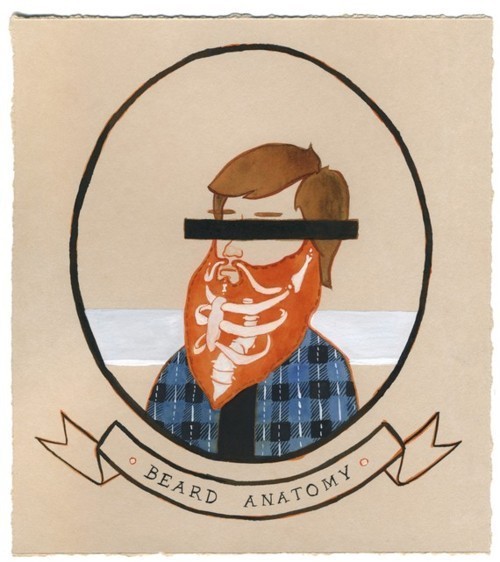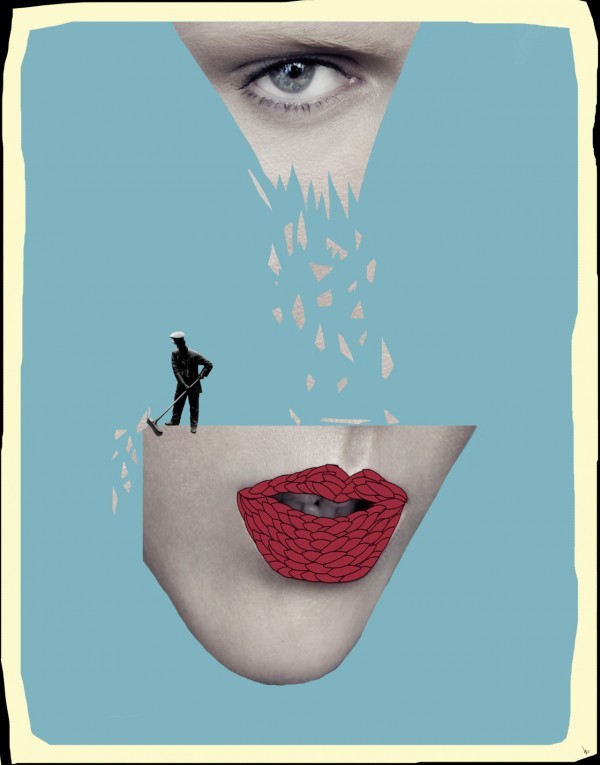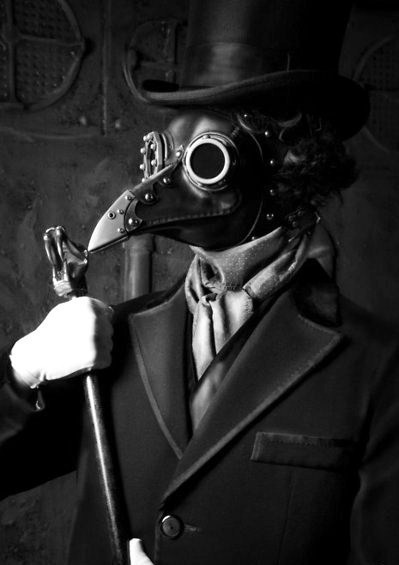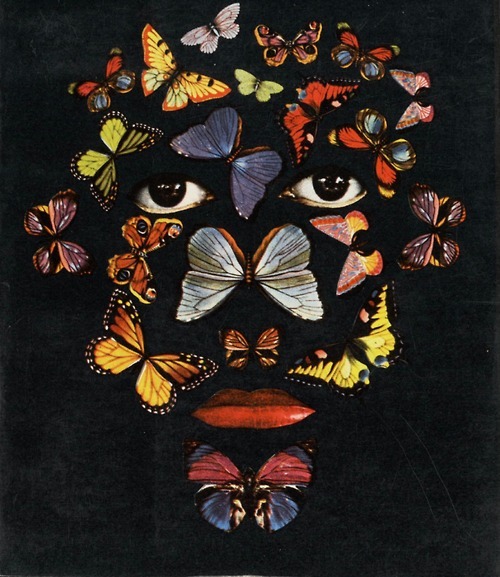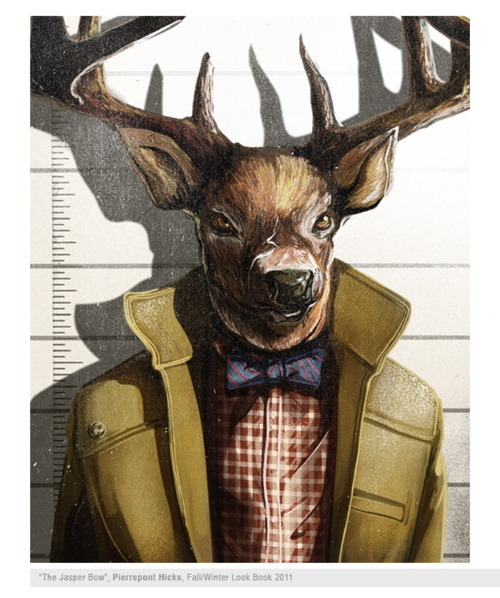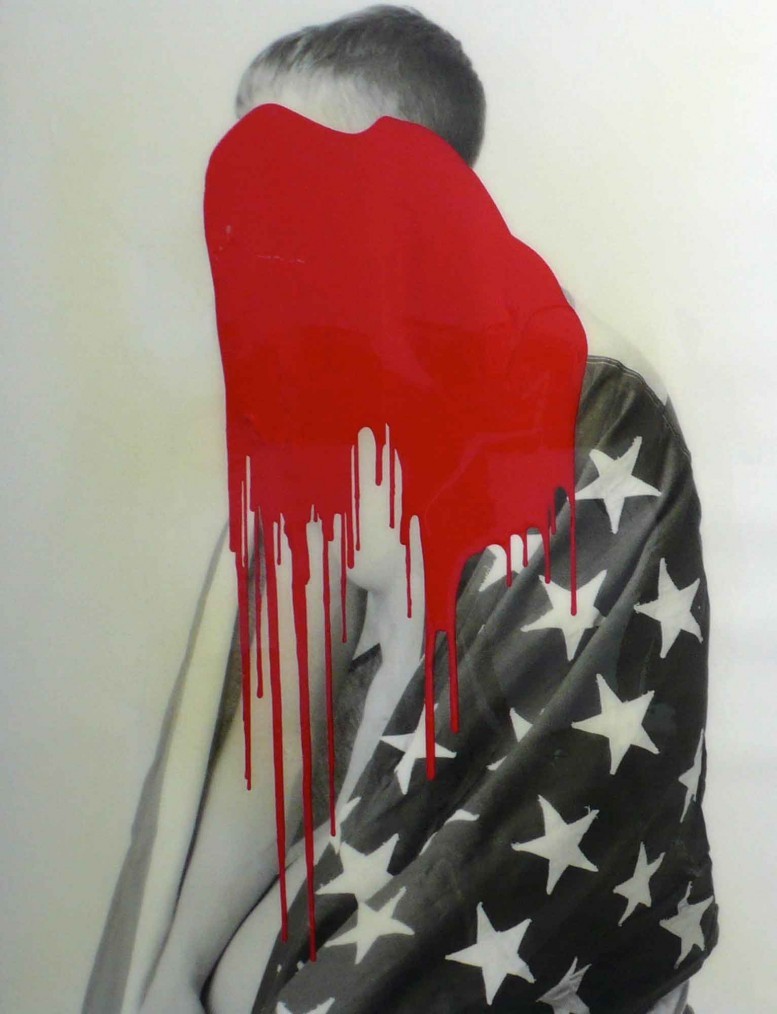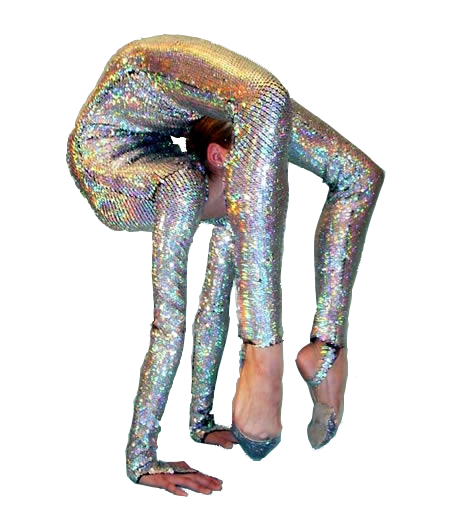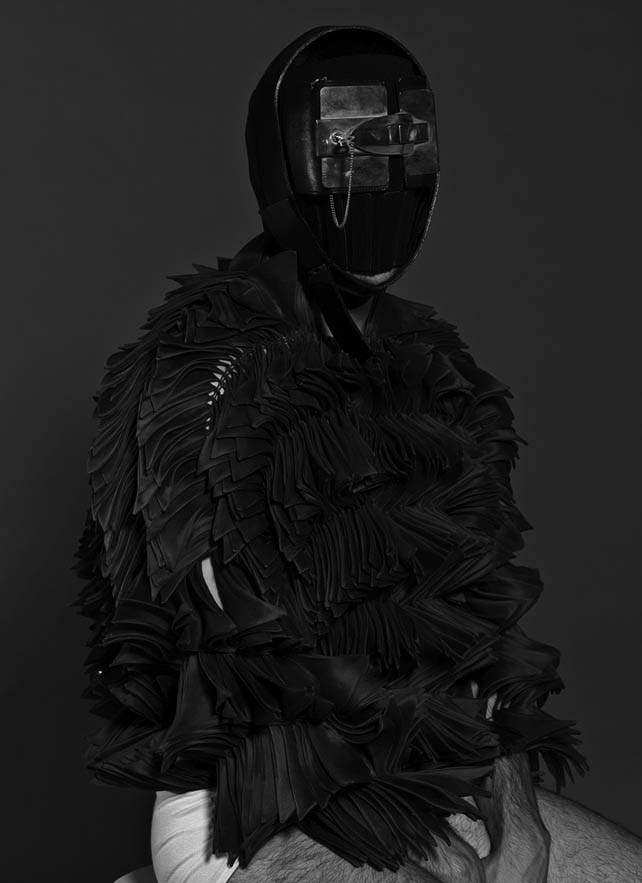In their book,
Destination Dissertation: A Traveler's Guide to a Done Dissertation
, Sonja Foss and William Walters have a chapter that describes a highly efficient way of writing a literature review. I think it provides an excellent guide for getting through the massive amounts of literature in any field.
Step One: Define the area you will be studying. Before you begin to search for articles or books, decide beforehand what areas you are going to research. Make sure that you only get articles and books in that area, even if you come across fascinating books in other areas.
Step Two: Gather the literature. Conduct a comprehensive bibliographic search of books and articles in your area. Read the abstracts online and download and print those articles that pertain to your area of research. Find books in the library that are relevant and check them out.
Step Three: Find relevant excerpts. Skim the contents of each book and article and look for these five things:
1) Claims, conclusions, and findings about the constructs you are investigating
2) Definitions of terms
3) Calls for follow-up studies relevant to your project
4) Gaps you notice in the literature
5) Disagreement about the constructs you are investigating
When you find any of these five things, type the relevant excerpt directly into a Word document. Don’t summarize, as that takes longer than just typing the excerpt. Make sure to note the name of the author and the page number following the passage. Do this for each article and book that you have in your stack of literature. When you are done, print out the document.
Step Four: Code the literature. Get out a pair of scissors and cut each note apart. Now, sort the pieces of paper into similar topics. Figure out what the main themes are and place the notes each into a pile. Make sure that each note goes into a pile. If there are excerpts that you can’t figure out where they belong, separate those and go over them again at the end to see if you need new categories. When you finish, place each stack of notes into an envelope labeled with the name of the theme.
Step Five: Create your conceptual schema. Go to your computer and type, in large font, the name of each of your coded themes. Print this out, and cut the themes into individual slips of paper. Take the slips of paper to a table or large workspace and figure out the best way to organize them. Are there ideas that go together or that are in dialogue with each other? Are there ideas that contradict each other? Move around the slips of paper until you come up with a way of organizing the codes that makes sense. Write the conceptual schema down before you forget or someone cleans up your slips of paper!
Step Six: Write it up. Choose any section of your conceptual schema to begin with. You can begin anywhere, because you already know the order. Find the envelope with the excerpts in them and lay them on the table in front of you. Figure out a mini-conceptual schema based on that theme by grouping together those excerpts that say the same thing. Use that mini-conceptual schema to write up your literature review based on the excerpts that you have in front of you. Don’t forget to include the citations as you write, so as not to lose track of who said what. Repeat this for each section of your literature review.
Once you complete these six steps, you will have a complete draft of your literature review. The great thing about this process is that it breaks down into manageable steps something that seems enormous: writing a literature review.
I think that Foss and Walter’s system for writing the literature review really can work for a dissertation, because a Ph.D. candidate has already read widely in his or her field through graduate seminars and comprehensive exams.
It may be more challenging for M.A. students, unless you are already familiar with the literature. It is always hard to figure out how much you need to read for deep meaning, and how much you just need to know what others have said. That balance will depend on how much you already know.
For faculty writing literature reviews for articles, this system also could work, especially when you are writing in a field you are already familiar with. The mere fact of having a system can make the literature review seem much less daunting, so I recommend this system for anyone who feels overwhelmed by the prospect of writing a literature review.

